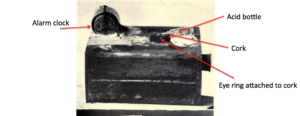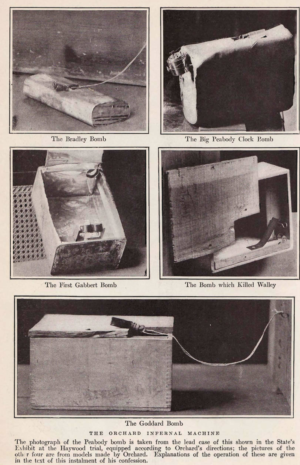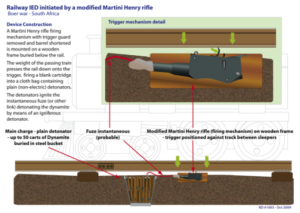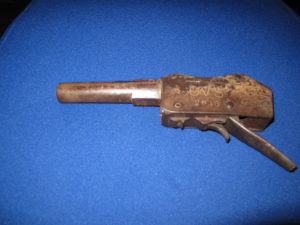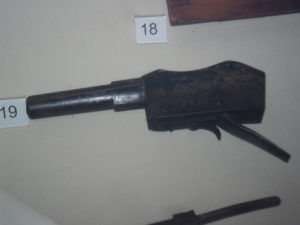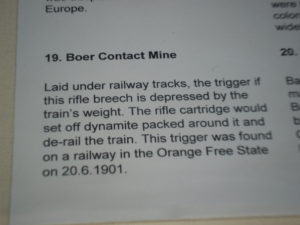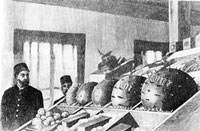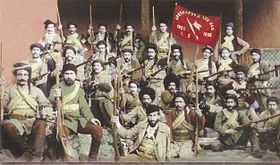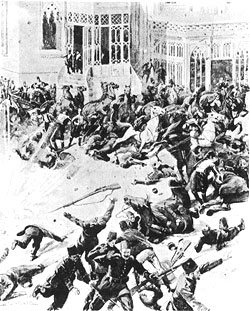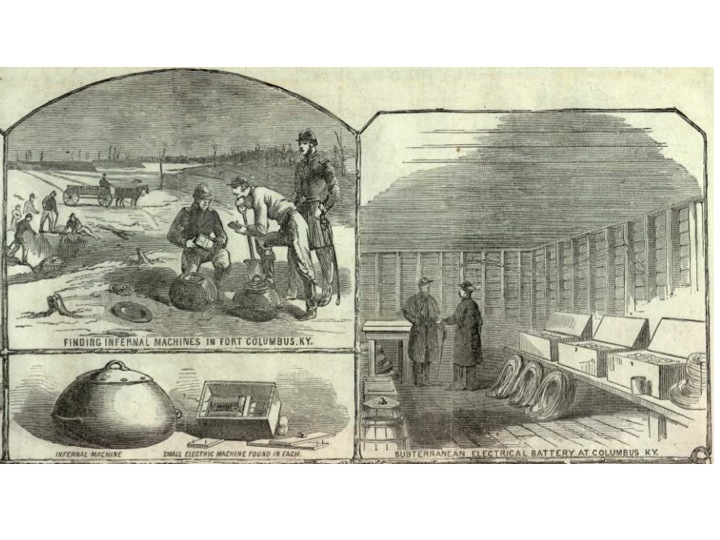I’ve found a new source of interesting historical explosive incidents that will fill several blog posts. But I couldn’t resist posting this story straight away. (It’s a little apocryphal I admit). Stand-by for more from this source.
During the Russo-Japanese War of 1904-1905, a certain Russian officer was an impatient, overbearing martinet. He took particular pleasure in treating his Chinese servants with the utmost of harshness, for the slightest delinquency or indeed for no reason at all. One of his favoured forms of punishment was to dismiss his servants and as they left kick them roundly around the backside as they left through the door.
On of his servants became very irritated with this treatment, and one day related the circumstances to a man he met who happened to be a Japanese spy. The spy gave the Chinese servant much sympathy and promised him a solution – a pair of padded breeches which he would supply himself the following day. A rubber hot water bottle was filled with absorbent cotton wool and topped up with nitroglycerine. An initiation system using a percussion cap was fitted alongside such that any blow would cause detonation. The unfortunate Chinese servant was oblivious to this, thinking that he had a fine, but bulky new pair of trousers which would protect him.
At the next meeting the servant inadvertently spilled a little tea on the officer’s uniform. Thereupon the master raged and raged and dismiised the servant in the usual way, but with perhaps a little more precipitation than usual.
One of the officer’s legs was blown off, an arm was crushed, four ribs were broken and the Russian was unconscious for a good period of time. When he came to, he found himself a prisoner of the Japanese who had overrun the hospital. The Chinaman, well, he was never seen…

